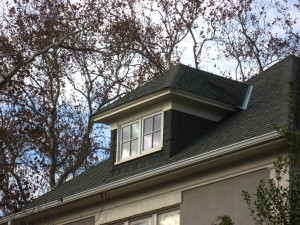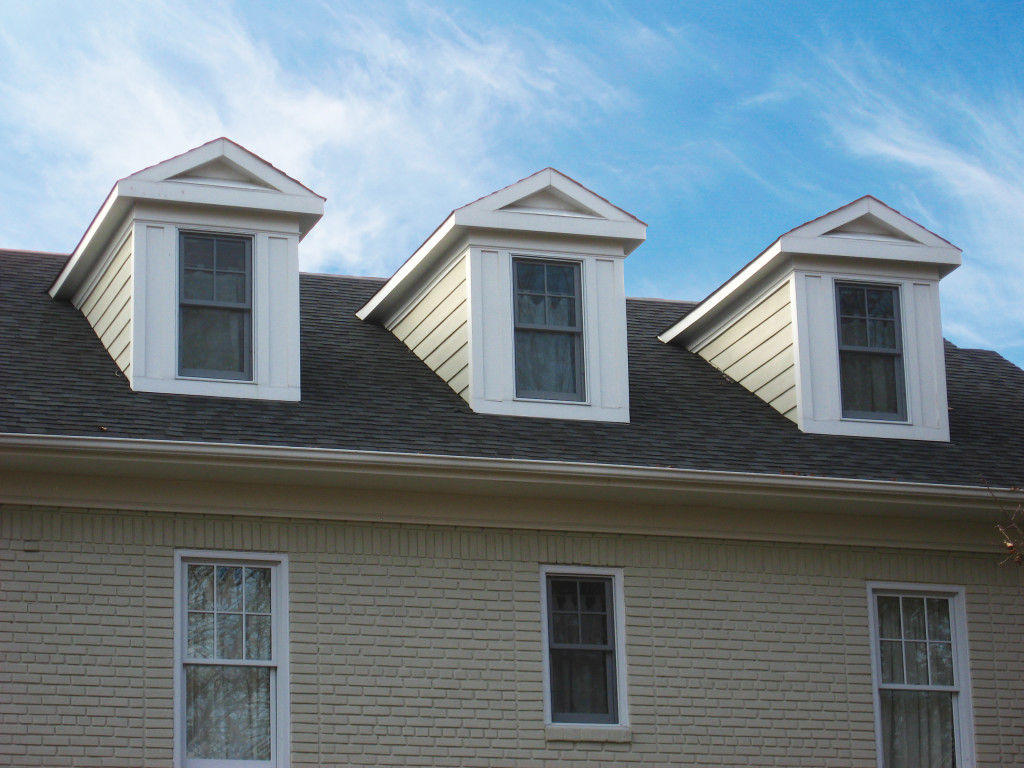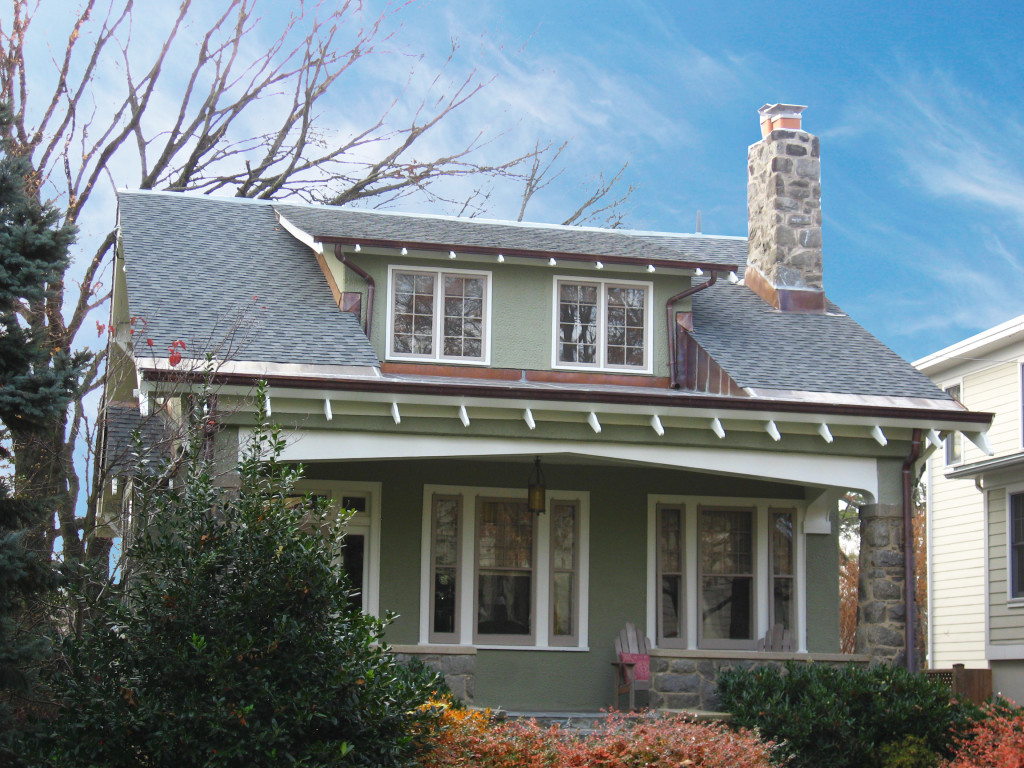Great home designs can quickly become compromised if the details are not designed and constructed properly. In the current marketplace, one of the many qualities that home buyers expect is exquisite detailing. Without appropriate scale and proportions, designs quickly become muddled and while many potential buyers may not have the ability to pinpoint exactly what is off, they often recognize that something is not right and move on to the next house without committing to a sale.
Dormers are one of those details that can either enhance or hinder a home design. Regardless of dormer type or style, there are some basics to always consider: Size, scale and proportion. The size of the dormer is the key to the design. The scale and proportion of all of the dormer’s components take their cue from the size. The scale of the sidewalls should be determined by the width of the window casing. Often, designers and builders specify the materials on the sidewalls to turn the corner onto the front face which is actually incorrect. Proportions are key, the slightest mistake can quickly undermine the design intent. Each trim piece is proportionately sized and located based on the other.
Moving forward, while designing dormers be sure to consider the entire detail while designing as well as consider the whole house design as a composition based on size, scale and proportion.


Do’s
- Use slate with a woven corner on the side walls.
- Choose a good profile for pediment trim.
- Use a true divided lite when possible.
Don’ts
- Allow pediment to protrude from face of dormer, it is not a door.Don’ts
- Throw off proportions with heavy overhangs.
- Allow the frieze board to interrupt the window trim.
- Use asphalt shingles on the side walls.

Do’s
- Use wood siding on the side walls.
Don’ts
- Choose trim profiles that have no relief and detail.
- Choose Fascia wrong
- Allow pediment to protrude from face of dormer, it is not a door.

Do’s
- Create a dormer design that fits with the overall style of the home.
Don’ts
- Allow poor soldering to compromise the flashing or aesthetic.
- Create muntin patterns that are a different proportion from the windows in the overall design.

Do’s
- Pay close attention to proportions.
- Choose appropriate trim profiles
- Proportionately size the window in relationship to the pilaster and frieze.
- Create a continuous frieze.
Don’ts
- Flash bottom of dormer in sloppy manner.
- Create pilaster details that do not finish at the base.

